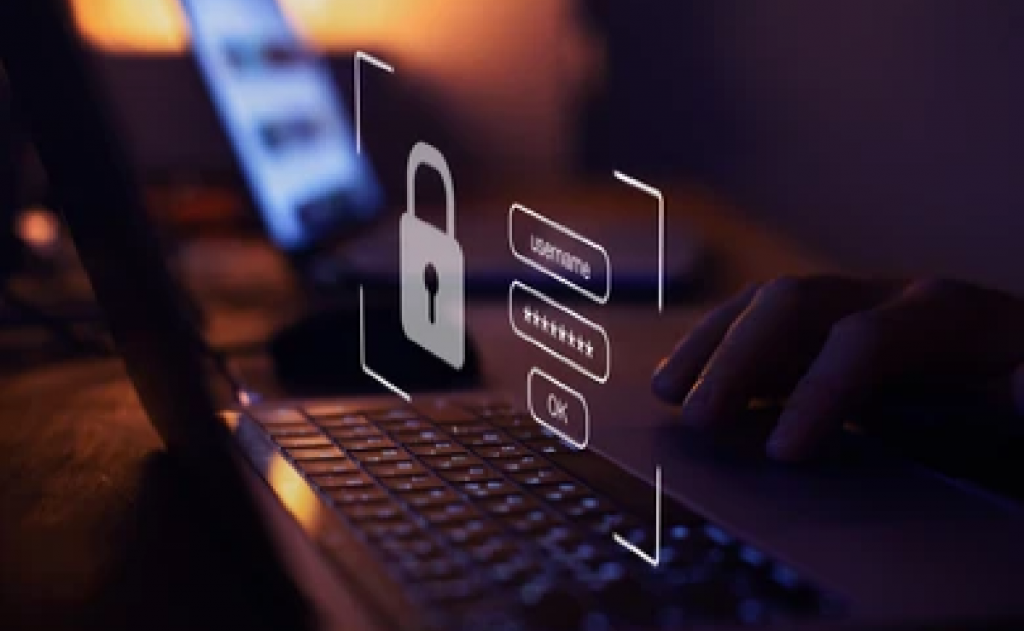Highlights:
- As the company grows, its vulnerable entry points expand, which makes it essential to be aware of every asset in the current software systems, such as internet-connected portals, individual terminals, accounts, etc.
- Keeping track of any new hardware or software asset ensures that everything under the security umbrella remains protected.
Vulnerability management is an essential component of the cybersecurity strategy of any organization. A vulnerability can be explained as a “condition of being open to harm or attack” in any system. All organizations nowadays store and share information, and though this is a part of the necessary functioning of the organization, they open the doors to risks like insecure application setups, open communication ports, and exploitable holes in the system and its surroundings. Therefore, it becomes inevitable for proactive assessment, prioritization, and treatment, as well as a comprehensive report of vulnerabilities within IT systems.
Owing to the increase in remote work due to the pandemic, there has been a considerable uptick in security risks, leading organizations to be the target of data leaks or malware attacks. Research shows that by 2025, nearly 30% of critical infrastructure organizations will experience a severe security breach to shut down operations. Such possibilities make it inevitable for organizations of all sizes to proactively detect security issues and close loopholes, which is essentially what vulnerability management does.
Here are five ways to go about addressing vulnerability management in an organization:
- Keeping account of all networks and IT assets
As the company grows, its vulnerable entry points expand, making it even more important to be aware of every asset in the current software systems, such as internet-connected portals, individual terminals, accounts, etc. In most cases, obsolete assets are the vulnerable points in the security infrastructure that cyber-attackers can find and exploit.
Keeping track of everything connected to a specific system makes monitoring flaws that can attract cyber criminals easier. Keeping track of any new hardware or software asset ensures that everything under the security umbrella remains protected. The security posture of any organization is only as strong as the weakest points in its network.
- Training and involving everyone in cyber security
Security should concern everyone in an organization, not only the IT specialists. Most often, employee training can go a long way in making them aware of how their activities can jeopardize the organization’s systems and what they can do to protect against exposing company systems to cyber-attacks. Though unintentional most of the time, it is through employee blunders that hackers gain access to sensitive data.
The pandemic has compounded the situation by introducing the remote work dynamic. Most remote jobs do not have sufficient security protocols in place, and employees who work remotely can fall easy prey to cybercrime and phishing attacks if they do not know how cybercriminals operate. All employees, therefore, need to be periodically trained about how to secure their Wi-Fi at home and understand best practices for creating passwords.
- Choosing the best vulnerability management solutions
Vulnerability scanning solutions that come with a console and scanning engines are better than others. When choosing a vulnerability scanning solution, it should be kept in mind that the solution should be easy to use so that employees can adopt it without needing extensive training. Increased automation in such solutions help users focus on more complicated activities. The false positive rate of such solutions should also be considered because with a higher false positive rate; the team will eventually have to execute manual scanning, while the solution will only mean a waste of time and money for the organization. Selecting a scanning program that can create detailed reports that include data and vulnerabilities is also advisable.
- Frequent scanning
Frequent scanning is essential for efficient vulnerability management. New vulnerabilities can emerge due to unanticipated issues or can be introduced during updates or program modifications. Regular scanning keeps the organization in the know of these vulnerabilities in real-time.
The best vulnerability management software can automate regular scans and run them during low-traffic times. If the organization does not use a vulnerability management software, having the IT team run frequent manual scans is a part of the best practices for vulnerability management.
Attackers continually refine their methods; therefore, adopting a culture of frequent infrastructure scanning protects against risks is important. To stay on top of weak system points and add value to the company, weekly, monthly, or quarterly scanning of devices is a necessity that cannot be overlooked.
- Prioritized scanning
Vulnerabilities should be ranked according to their threats to the organization’s assets. This allows IT teams to focus on patching assets that pose the greatest risk to the organization, such as all internet-connected devices in its systems. Based on the risk value of each asset, the required frequency and scope of required assessments can be prioritized. Therefore, while a low-risk purchase merely requires a general vulnerability scan, a high-risk investment will be assigned a broad assessment and manual expert security testing.
Vulnerability management involves more than running a scanning tool. A high-quality vulnerability software or management technique can dramatically improve the success of the practices for the organization. It is now become effortless as numerous vulnerability management tools available in the market are uncomplicated and do not require personnel with specialized skills to operate. Organizations now rely on an integrated platform that includes vulnerability management tools and other security tools for cyber hygiene, endpoint detection and response, device control, and more.









































































